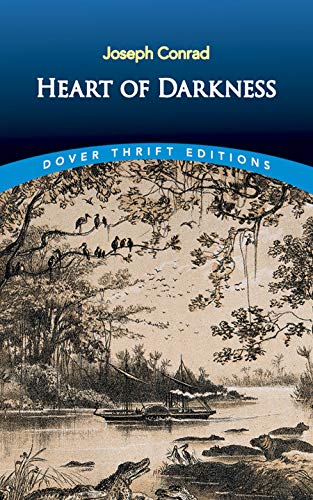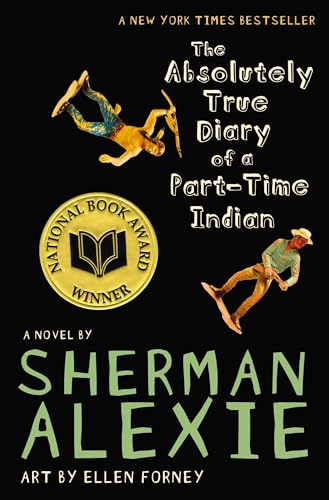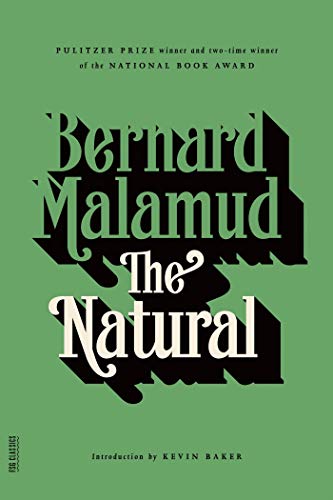During this hoops-rich period, the frenetic Madness of March having transitioned into the more austere months-long slog of the NBA Playoffs, I found myself fruitlessly poking around for a good basketball novel. I’m both a writer and great fan of the game — my podcast, Fan’s Notes, pairs the discussion of a novel with a discussion of basketball, usually the NBA. My podcasting partner and I tend to find no shortage of cultural and metaphorical linkage between the two art forms, yet modern literary fiction seems to harbor no special love for this great game.


 Football has A Fan’s Notes, End Zone, The Throwback Special, Billy Lynn’s Long Halftime Walk. Baseball has The Natural, Shoeless Joe, Underworld, and more recently The Art of Fielding. For Christ’s sake, hockey yet has another Don DeLillo tome, the pseudonymously written Amazons. Where, I find myself wondering, is the great basketball novel?
Football has A Fan’s Notes, End Zone, The Throwback Special, Billy Lynn’s Long Halftime Walk. Baseball has The Natural, Shoeless Joe, Underworld, and more recently The Art of Fielding. For Christ’s sake, hockey yet has another Don DeLillo tome, the pseudonymously written Amazons. Where, I find myself wondering, is the great basketball novel?
First of all, no, The Basketball Diaries is not a basketball novel. It is a memoir, and it is about heroin — it features precious little actual basketball. John Updike‘s Rabbit and Richard Ford‘s Bascombe books both involve hoops to varying degrees, but not as a central concern or dramatic focus. Under the Frog, by Tibor Fischer, is a very good book about basketball players, but it concerns 1950s Hungary, the titular frog being the regime of Marshal Tito. What else is there? Walter Dean Myers wrote several young adult books that revolved around basketball; there’s also Sherman Alexie’s YA novel Absolutely True Diary of a Part-Time Indian and The Crossover by Kwame Alexander and the Blacktop series by my friend L. J. Alonge — interestingly, most books about basketball that come to mind seem to be YA written by men of color, while Big Sports Lit is very, very white.
 There is not, as far as I can tell, a big work of literary fiction for adults that is “about” basketball, in the same sense that Chad Harbach’s Art of Fielding is “about” baseball.
There is not, as far as I can tell, a big work of literary fiction for adults that is “about” basketball, in the same sense that Chad Harbach’s Art of Fielding is “about” baseball.
Perhaps this has to do with the particular character of these sports. Baseball, with its mano-a-mano pitcher-hitter duels, is perfectly congenial to narrative — is itself comprised of a series of mini-narratives involving protagonists and antagonists (one way or the other depending on your rooting interests). There is really no moment of solo heroism in any other major sport comparable to the walk-off home run (or strike out) to end a game; there is likewise no greater sporting scapegoat than Bill Buckner and his ilk. In less dramatic terms, a baseball game is comprised of hundreds of discrete individual plays: someone throws a ball, someone hits it, someone fields and throws it, and it is caught again by the first baseman for an out. This is how traditional narrative is structured, a series of explicable interactions between a cast of characters that mount in importance and conflict until a crucial, deciding act that resolves the plot. Even the structure of baseball’s gameplay is writerly, with its nine innings constituting nine tidy chapters inside the larger dramatic arc.
Football, too, though tritely metaphorized as violent, armed combat — marching up the field, a war of attrition, a massacre, etc. –is constituted by many clean moments of contest, various plot points interspersed between the interminable commercial breaks. American football is American in character, pairing a love of mayhem with an equal love of bureaucratic fussiness. The game’s horrifying ultraviolence is committed within the parameters of a rulebook thicker than a Cheesecake Factory menu, meted out in orderly skirmishes, and broken up by five minute replays to determine the spotting of the ball within a nanometer or two. We want war, but we want a safe war, a manageable war in which the actors stay within their prescribed roles — in which no one, in effect, goes rogue (few things are more pleasurably disconcerting than a broken play and the ensuing spectacle of a four-hundred-pound lineman hurtling toward the end zone). Again, this is very compatible with traditional storytelling, placing maximum visceral conflict and chaos within neat scene and a hyperrationalized narrative structure.
In contrast, the narrative possibilities of basketball seem somehow European in character, closer to futból than football (or as a British student of mine liked to call it, handegg). Inbounds are approximate, as are jump balls. Except in certain key situations, there are no replays and refereeing occurs on the fly. Mistakes are routinely made, lamented, forgotten.
Superstar players — the protagonists of the game, so to speak — are coveted, but the play itself is supremely team-oriented. Unlike baseball and football, in which individual statistics are iron-clad and fetishized, basketball stats are the subject of endless arguments regarding context. It is curiously difficult to disentangle the individual moments that contribute to an orange ball falling into a hole. Yes, someone shoots it, and yes, often someone assists on the shot, but a hundred other smaller actions, essentially unquantifiable — screens, shooting gravity, secondary assists, etc. — go into it as well. And even the countable stats are the subject of debate. Scoring twenty-eight points in a game sounds good until you look at how they were scored, with what efficiency, and giving up how much on the defensive end. Quants — that is, stat nerds — regularly put forth the case that a player like Andrew Bogut, a low-scoring defensive bruiser who sets vicious picks, is as valuable than a shooting threat like Isaiah Thomas. There is no comparable ambivalence in the record books of, say, baseball: a homerun is a homerun is a homerun.

 All of which is to say that there is, inherent to basketball’s play, an indeterminacy that may not lend itself to conventional narrative. Moby-Dick versus Heart of Darkness, to throw a strange but perhaps productive analogy at the fridge (and thereby further mix metaphors), are like baseball versus basketball. One is about a majestic, doomed assertion of individual will; one is about ambiguous forces clashing in a mist of doubt and dread. Occasionally a basketball player comes along who is great enough to totally clarify the terms of the game: LeBron James, for example. But these players are surpassingly rare, generational.
All of which is to say that there is, inherent to basketball’s play, an indeterminacy that may not lend itself to conventional narrative. Moby-Dick versus Heart of Darkness, to throw a strange but perhaps productive analogy at the fridge (and thereby further mix metaphors), are like baseball versus basketball. One is about a majestic, doomed assertion of individual will; one is about ambiguous forces clashing in a mist of doubt and dread. Occasionally a basketball player comes along who is great enough to totally clarify the terms of the game: LeBron James, for example. But these players are surpassingly rare, generational.
If the orderliness of baseball and football lends itself generally to narrative, it lends itself specifically to retrospective narrative. In much the same way that we often imagine our lives as a series of cruxes (and model that imagining in our fictions), a football game can be broken down into a series of botched or successful plays, good or bad calls. These sports are almost built to be post-mortemed, in their perfect state only when finished. It seems consonant, then, that big literary sports novels are typically about a character looking back at former greatness and lost innocence — either personally or culturally, or both.
And this type of literary sentimentality, in turn, pervades the cultures of football and baseball, which are forever backward-looking, enshrining and nostalgiazing moments, sometimes as they still happen. Memorable plays are almost immediately assigned names as historically pungent as World War II battles: “The Immaculate Reception,” “The Shot Heard Round the World,” “The Catch.” Even the bungled plays have immortal names: “The Fail Mary,” “The Butt Fumble.”
There aren’t really similarly fetishized moments in basketball. Its fluid and complex play does not invite the same kind of nostalgic retrospection, and indeed, it is unsentimental about its history to a degree that routinely enrages former greats. Basketball could never serve as a good metaphor for America’s glorious past, or even its fallen present (football still serves admirably here: see Billy Lynn’s Long Halftime Walk) but it might be just the sport for a more skeptical and circumspect twenty-first century, an era when we need a literature of certainty less than ever.
Image credit: Unsplash/Marius Christensen.
















